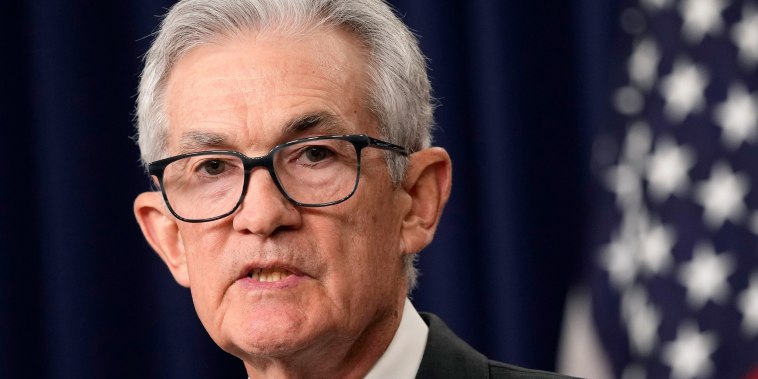Long-Term Thinking: The Case for Maintaining Higher Interest Rates
In a world where low interest rates have become the norm, the idea of keeping rates higher for a longer period of time may seem unusual. However, there are compelling reasons to consider this approach.
One of the key benefits of maintaining higher interest rates is the ability to encourage long-term thinking and planning. Low rates can often lead to a short-term mindset, as borrowing becomes cheap and easy. This can lead to excessive risk-taking and a lack of focus on building sustainable, long-term growth.
Higher interest rates can also serve as a safeguard against economic instability. By maintaining higher rates, central banks have more room to maneuver in the event of a crisis. This can help to prevent overheating in the economy and provide a cushion against potential shocks.
Furthermore, higher interest rates can incentivize saving and investment, which are essential for long-term economic prosperity. When rates are low, there is less incentive to save and more incentive to spend, which can lead to a lack of capital accumulation. By keeping rates higher, individuals and businesses are encouraged to save and invest for the future, leading to a more stable and robust economy.
Of course, there are potential downsides to maintaining higher interest rates, such as increased borrowing costs and the potential for slower economic growth. However, if managed carefully, these drawbacks can be balanced against the long-term benefits of a more stable, sustainable economy.
In conclusion, the case for keeping rates higher for a longer period of time is compelling. By encouraging long-term thinking, providing a safeguard against economic instability, and incentivizing saving and investment, higher interest rates can play a crucial role in building a resilient and prosperous economy for the future. It’s time to consider a shift towards a more long-term focused approach to monetary policy.

